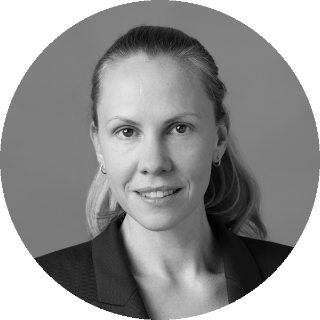Here’s what decision-makers need to know.
Where AI is having an impact
In our research, food and fashion have the greatest potential for AI-based waste reduction and sustainability improvements. In both industries, waste is primarily generated in three areas:
- Inefficiencies in production, logistics, and other processes, leading to consuming excess resources and/or generating excess waste as a by-product.
- Challenges in planning and forecasting, which often lead to over-forecasting and over-production to meet consumers’ demands and avoid out-of-stock.
- Lack of circular solutions when waste is generated e.g., lack of recycling or repurposing of finished products at their end of life, especially in the case of fashion.
AI-based
waste reduction investments, startups, and applications have greatly improved over the last decade, resulting in improved forecasting, computer vision waste detection, and autonomous farming bots.
In agriculture for example, AI-powered
precision farming
and autonomous robots can optimize resource use and reduce crop wastage. In food manufacturing, AI-driven solutions minimize waste and enhance efficiency. In the fashion industry, AI applications in digital design, inventory management forecasting, and recycling show significant potential.
Applications already reducing waste
Unlike AI applications in other industries that are still a work in progress, AI-based waste reduction is already having an impact in both the food and fashion industries. For example, many start-ups such as Hyperplan in France, Benchmark Labs in the US, and global customers such as Walmart are now using AI solutions to support precision agriculture, real-time crop monitoring, fertilizer and pesticide optimisation, smart irrigation, and autonomous robotic farming.
While fashion items are significantly less perishable, there is a lot of in-built overproduction in the industry, due to the inherent difficulty of accurately forecasting what and how much to produce. But AI-assisted 3D tools are already having a big impact on waste reduction in the digital design, sampling, inspection, and inventory planning processes. In one example, Optitex has reported that its software can reduce physical samples and product timelines by as much as 50%.
And those are just the tip of the iceberg in terms of working examples today. For more information on how AI is reducing food and fashion waste, please read our full report.
Roland Berger is here to help
For food and fashion producers, waste reduction is a huge financial and environmental opportunity. By adopting AI-powered waste reduction strategies, companies can achieve sustainability goals, unlock cost savings, and maintain competitiveness in a rapidly evolving market.
But producers do not have to go it alone.
Roland Berger has significant experience
in AI-based waste reduction on behalf of food, fashion, and other leading industries. For specific questions related to your waste challenges, please contact us—we are here to help and bring decades of experience in the consumer goods sector.
![{[downloads[language].preview]}](https://www.rolandberger.com/publications/publication_image/24_2161_WEB_Using_data_and_technology_cover_download_preview.jpg)






![{[downloads[language].preview]}](https://www.rolandberger.com/publications/publication_image/24_2161_Using_data_and_technology_fashion_cover_download_preview.jpg)
![{[downloads[language].preview]}](https://www.rolandberger.com/publications/publication_image/24_2161_Using_data_and_technology_food_cover_download_preview.jpg)





